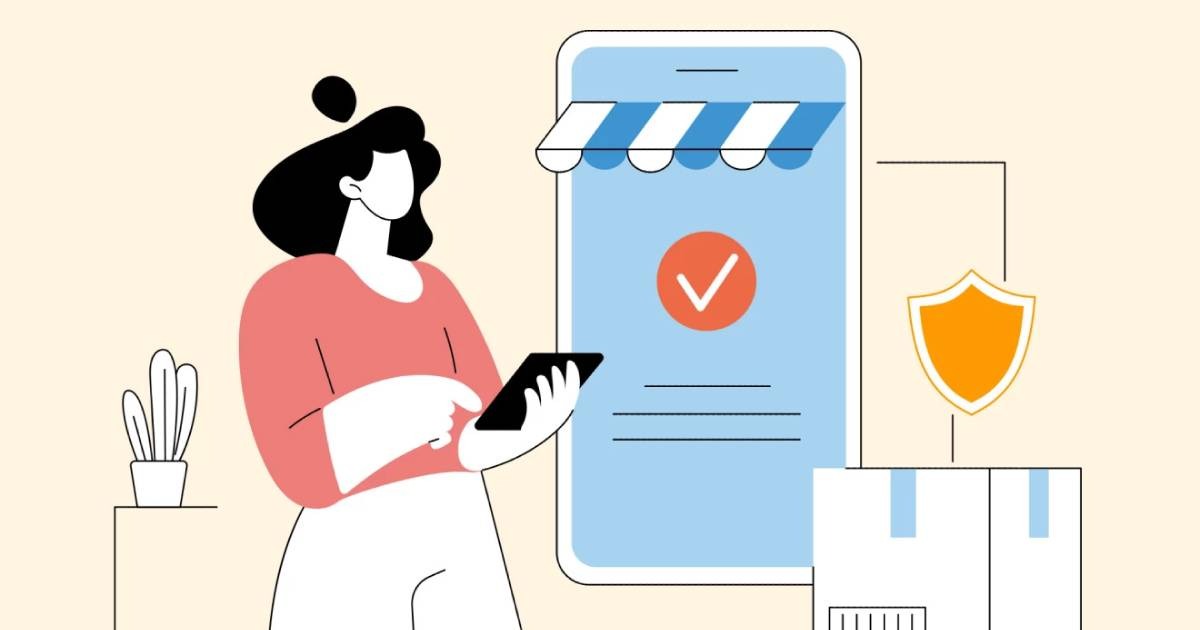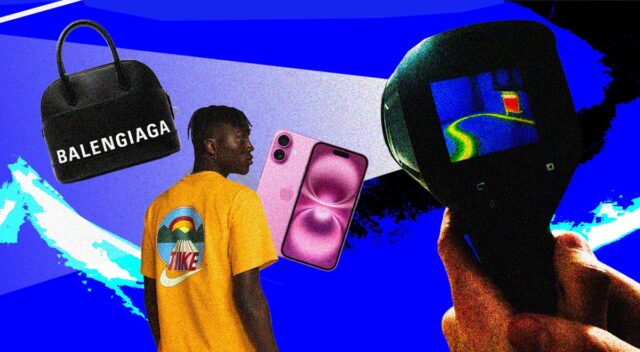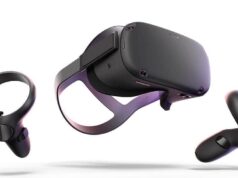Counterfeit products have flooded online marketplaces at a scale never seen before. From luxury handbags to power tools, fake versions of branded items are being sold through third-party vendors who often operate anonymously.
In 2025, major retailers and brands are responding with coordinated programs that use artificial intelligence, blockchain verification, and stricter seller identity systems to identify and remove counterfeit goods before they reach customers.
The core answer is clear: retailers are no longer waiting for buyers to flag fake products. They are proactively tracking, tagging, and tracing goods through advanced digital authentication tools that can detect counterfeits with over 95% accuracy.
The Scope of the Problem

The global trade in counterfeit goods is valued at more than $500 billion annually, according to the OECD.
Online marketplaces have amplified the issue because sellers can create new accounts within minutes. Small counterfeit operations can disguise themselves as legitimate micro-sellers, using stolen product photos and fake tracking numbers to appear authentic.
Retailers face the double challenge of losing brand trust and revenue. Shoppers often blame the retailer, not the seller, when they receive a fake item.
In fashion and electronics, customer complaints about counterfeits have led to class-action lawsuits and costly damage-control campaigns.
Amazon, eBay, and Walmart have all been pressured by regulators to take stronger action. In response, these platforms are introducing seller-verification systems and advanced tracking tools that combine AI scanning with human review teams.
How AI Is Changing Counterfeit Detection
Artificial intelligence now plays a central role in anti-counterfeit efforts. Algorithms can analyze product images, detect differences in stitching, texture, and packaging, and compare listings to verified catalog data.
For example, Nike and Louis Vuitton use AI-driven “digital fingerprinting” that identifies unique production patterns invisible to the human eye.
Retailers also use machine learning models to monitor seller behavior. If a new seller suddenly uploads hundreds of listings for high-value items, or if product descriptions change frequently, the system flags the account for review.
These risk profiles allow platforms to remove suspicious listings before a single sale occurs.
AI-driven text analysis tools are being used to scan product descriptions and customer reviews for signs of deception.
A surge of one-line, repetitive five-star reviews often indicates manipulation or fake traffic designed to boost ranking.
In the middle of these digital defenses, one verification tool gaining attention is chatgpt zero, originally developed to detect AI-generated text but increasingly adapted to identify automated counterfeit listings.
Its natural language recognition capabilities can distinguish between human-written and machine-generated product descriptions, helping retailers pinpoint sellers who use bots to create mass listings.
This crossover use shows how detection technologies from one field are now supporting fraud prevention in another.
Blockchain Verification and Digital Product Passports

Beyond AI, blockchain has become a powerful layer of product authentication. Brands are issuing digital product passports (DPPs) that track every item from factory to consumer.
Each transaction—manufacturing, shipping, or resale—is recorded on an immutable ledger.
Luxury companies such as Prada and Cartier use the Aura Blockchain Consortium to log serial numbers and materials at the production stage.
Buyers can scan a QR code and view a product’s complete origin chain. This transparency discourages counterfeiters, who can no longer fake authenticity certificates or serial labels easily.
The European Union is moving toward mandatory DPP systems by 2030, beginning with electronics and textiles. Retailers see this as a scalable way to prove authenticity while offering resale tracking benefits for consumers.
Marketplace Responsibility and Seller Accountability
A major shift in policy has also occurred. Instead of placing full responsibility on brands to protect their products, regulators now hold marketplaces accountable for hosting counterfeit listings.
The INFORM Consumers Act in the United States requires online marketplaces to verify and disclose the identities of high-volume sellers.
This means platforms like Etsy and Amazon must collect tax IDs, bank account details, and contact information from sellers.
In Europe, the Digital Services Act enforces similar standards, allowing authorities to impose penalties for hosting unverified or illegal goods.
As a result, the number of anonymous sellers has sharply declined on large platforms.
Verified sellers now undergo multi-step onboarding process that includes proof of origin, product photography, and even randomized packaging checks.
Retailers are pairing these compliance programs with new machine-learning dashboards that alert enforcement teams when abnormal activity spikes.
Collaborations Between Brands and Platforms
Collaboration has become essential. Adidas, Apple, and Samsung are among the companies sharing product data directly with Amazon’s Brand Registry, which stores official product images, model codes, and manufacturing signatures.
AI systems cross-reference this data when new listings appear. If inconsistencies are found, the listing is immediately paused for verification.
Walmart’s “Trust and Verify” program goes even further. It links third-party sellers to official brand partners who authenticate goods in real time.
The company claims that since the launch of this system, counterfeit complaints have dropped by over 60%.
Smaller retailers are also joining coalitions that share data about known counterfeit networks. This inter-brand collaboration helps identify repeat offenders who move across different marketplaces using similar listing tactics.
Consumer Awareness and Education
Retailers understand that prevention cannot rely only on technology.
Consumer awareness remains critical. Many brands now run educational campaigns explaining how to identify fake products and why buying authentic goods supports fair labor and safety standards.
Customers are encouraged to check packaging, spelling, serial codes, and seller histories. Price discrepancies are a major red flag—if a branded item is sold at 70% below market value, it likely lacks authenticity.
Some retailers have added “Verify Before You Buy” buttons that let customers scan a barcode or upload a photo to confirm product legitimacy before checkout.
Even return policies are being updated. Retailers refuse refunds for proven counterfeit items, forcing customers to take extra care with third-party vendors.
These steps help reinforce that authenticity is both a brand and consumer responsibility.
The Future of Anti-Counterfeit Systems

The next phase of counterfeit detection will combine multiple technologies. AI systems will verify listings, blockchain will log product origin, and digital identity frameworks will authenticate both buyers and sellers in real time.
Smart contracts could automatically block suspicious transactions before payment is processed.
The industry is also exploring edge verification using IoT chips embedded in physical products. These chips can transmit encrypted IDs that match blockchain records, providing instant proof of origin.
This approach could make it nearly impossible to sell counterfeit high-end goods like watches or electronics.
Conclusion
Retailers have recognized that counterfeit prevention is no longer a legal formality—it is a strategic necessity. Through AI, blockchain, and stronger verification frameworks, they are actively restoring control over the digital supply chain.
The combination of advanced tools, blockchain passports, and marketplace accountability laws represents a turning point.
The era of reactive enforcement is ending, and a proactive, data-driven system of product integrity is taking its place.
For consumers, this means greater confidence that what arrives on their doorstep is exactly what they paid for.







